Tags: Lunar eclipse
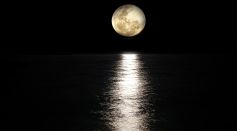
Full Flower Moon May 2023: Here's How and Where You Can See This Rare Lunar Sight

Final Total Lunar Eclipse To Occur on Election Day 2022; Will You See It Again Next Year?

2022 Taurid Meteor Shower Raining Fireballs This Week Ahead of the Total Lunar Eclipse
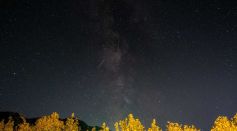
Taurids Meteor Shower Returns This Halloween: How to Watch Spooky Shooting Stars, Meteoroid This Time
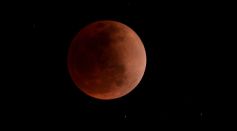
Final Total Lunar Eclipse of the Year Will Not Happen Again in the Next Three Years: Here’s What To Expect
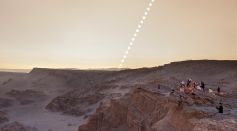
Total Lunar Eclipse Seen Worldwide As Supermoon Paints The Skies Red, ESO Captures Partial Solar Eclipse in Chile [LOOK]

Total Lunar Eclipse: Super Flower Blood Moon Is The First of 4 Supermoons on Earth in 2022, Retired Astrophysicist Says
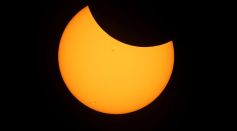
Partial Solar Eclipse in April 2022: Black Moon Will Block the Sun This Week, Here’s How to Watch Stunning Phenomenon

Sky Events April 2022: Flaming Space Rocks, Partial Lunar Eclipse And Black Moon Will Appear Next Month

Solar Eclipse 2022: A Guide to When the Sun, Moon, and Earth Align This Year and Where to Watch It

Quadrantids Meteor Shower 2022: How To Watch This Celestial Event That Peaks Tonight

Lunar Eclipse 2021: Amazing Pictures of Beaver Moon Delighted Stargazers [See Photos]

Beaver Moon Lunar Eclipse 2021: Best Time to Watch per Timezone, How to Watch Online

Lunar Eclipse November 2021: Why Friday's Event Could Be The Best Yet

Partial Lunar Eclipse: When, Where, How You Can See the Different Phases Of Moon Occurrence on November 19
Partial Lunar Eclipse Will Be High in North American Skies: Here's When and Where It Will Be Visible

Longest Partial Lunar Eclipse of the Century: How to Watch This 3-Hour Phenomenon
NASA Releases November Highlights in the Solar System; Here are Some Skywatching Tips
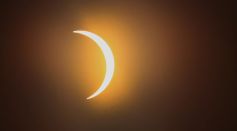
Solar Eclipse 2021: How To See Rare 'Ring of Fire' for First Time in 4 Years

Will the Super Blood Moon End Relationships Tonight? Expert Says It Might Cause Break Ups
Most Popular

Largest Known Volcanic Aquifer Discovered Beneath Oregon's Cascades

New 'Supergiant' Sea Bug Found in South China Sea, Named After Darth Vader

Mediterranean Sea Was Refilled by a Catastrophic Flood Millions of Years Ago

Mysterious Cosmic Waves That Sound Like Birds Detected in Unexpected Space Region





